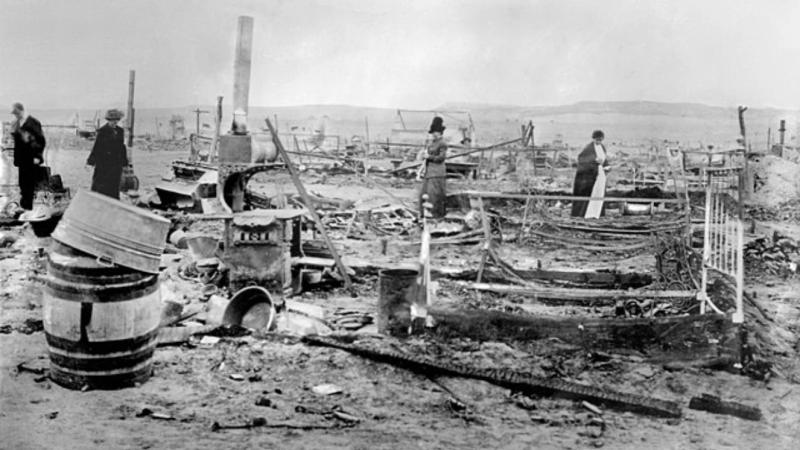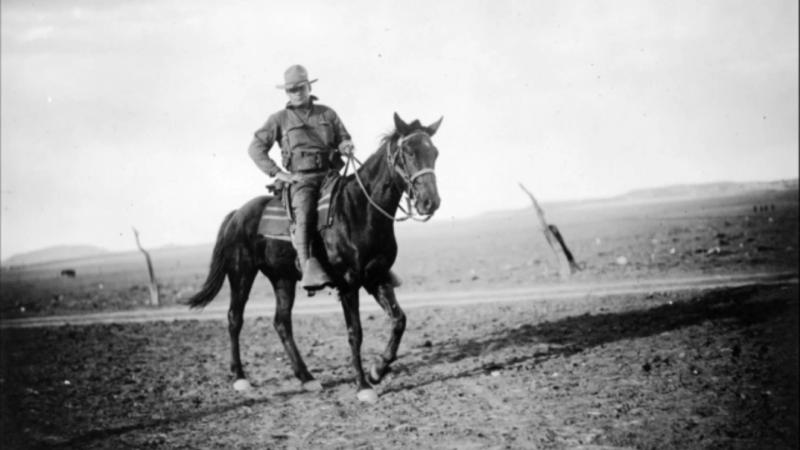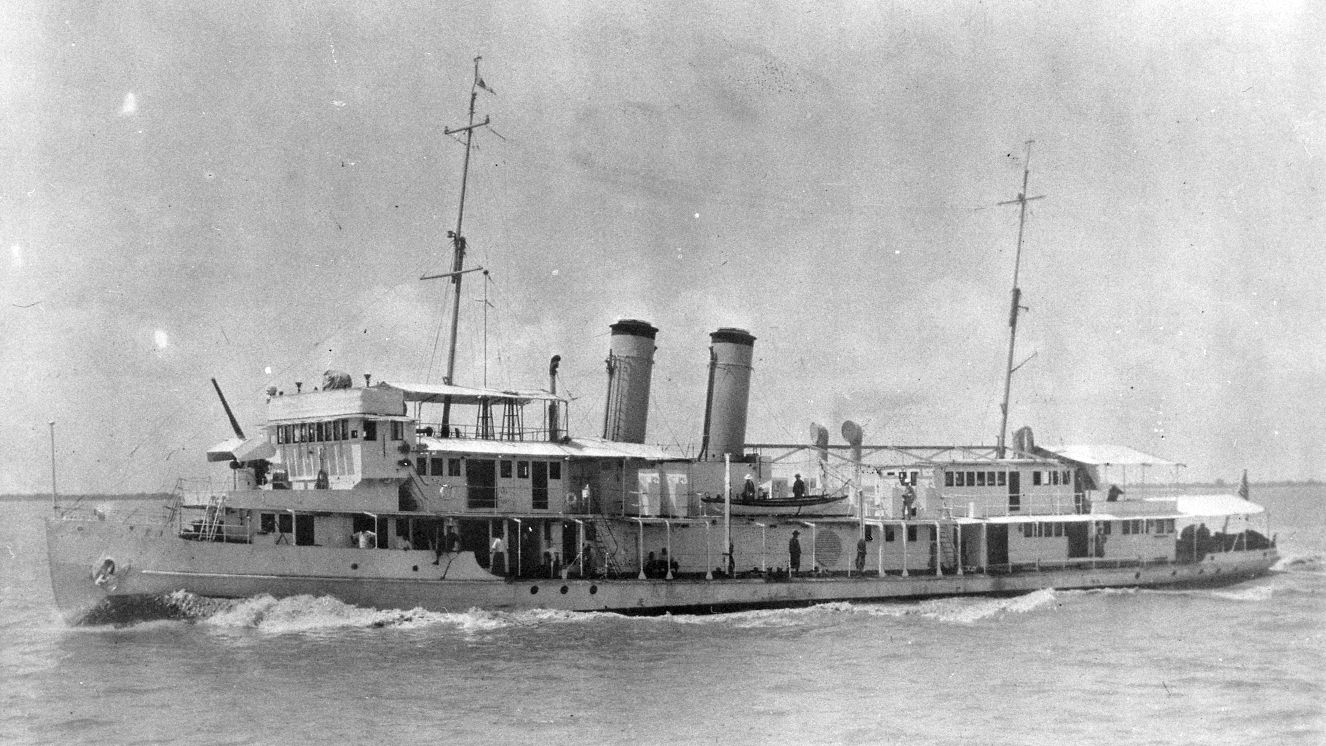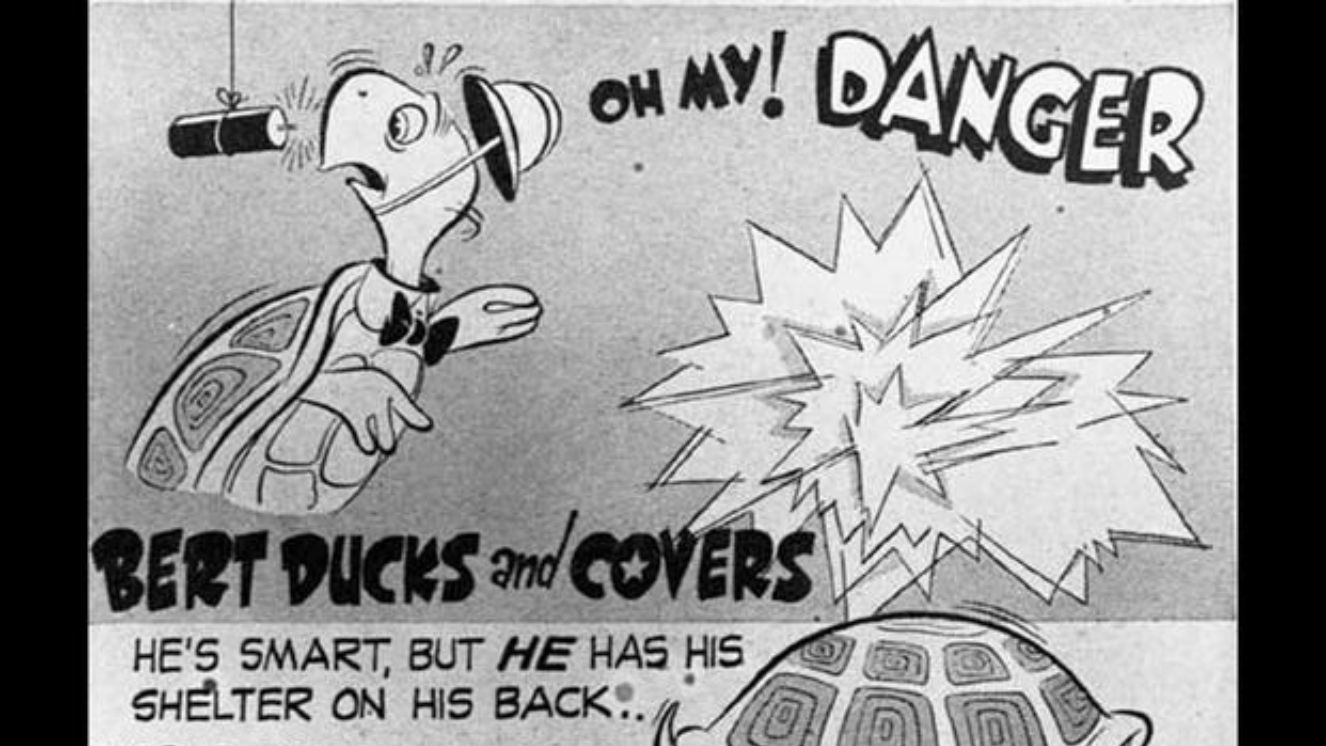LUDLOW MASSACRE: STRIKING MINERS VS. COLORADO NATIONAL GUARD

Money can cause people to do a lot of terrible things and sadly, the Ludlow Massacre is a prime example. Hardworking laborers were subjected to unfortunate working conditions and when tensions rose to unstable levels, conflict quickly followed. Civilians and the National Guard faced off in a labor dispute that turned violent during the overarching Colorado Coalfield War. In the end, greed won, lives were lost, and Colorado’s militia would unfortunately add a dark chapter to its history.
Causes of the 1914 Ludlow Massacre: Labor Disputes
The Ludlow Massacre was the apex of the Colorado Coalfield War where coal miners were fighting back against John D. Rockefeller and his company, the Colorado Fuel and Iron Company (CF&I), because of low wages and unsafe conditions.
No one would argue that being a collier doesn’t come with some level of risk; however, these were made worse by unethical practices taking place at CF&I.
For example, the risks of dying because of a collapsing mine wall or explosion are all present for everyone, however, the death rate for miners in Colorado was far more than double that of the national average.
Furthermore, reports showed that the state of Colorado was following guidelines and putting laws in place to protect coal miners but management wasn’t doing enough to make sure workers were safe.
Another related issue was the pay structure but not just because of the low pay rate being provided to workers, which was an issue in and of itself.
As if this wasn’t bad enough, miners were paid by the weight. More coal meant more money. It also meant adhering to risky practices to avoid working for free.
Reinforcing your mine wall wasn’t a paid activity, even if it was necessary, but since many colliers were poor and desperate, many chose to risk these hazards and focused on mining more ore rather than maintaining their mines.

Company Towns
The idea of company towns is simple: employees own nothing and the business provides places to live, worship, socialize, etc.
Mine operators owned the camps that miners worked in and all the land around them. As a result, workers depended on the mine for multiple ways to live.
Companies would elevate the standard of living for workers; however, it came at the expense of having a way to voice concerns to management along with other personal freedoms evaporating.
Company towns had larger homes and better healthcare and education, but there were also armed guards preventing people from leaving or entering the camps, implementing curfews, and taking away personal freedoms.
Colorado Coalfield War
The practices leading to the Ludlow Massacre were far from new. Miners began striking and unionizing because of the shady practices in place decades prior, beginning at the end of the 19th century.
This included colliers but also other industries with miners, notably, the Western Federation of Miners during the 1890s.
Measures were in place to break up strikes and CF&I even used tactics where immigrants speaking different languages were mixed to work together so that they couldn’t easily communicate and organize.
CF&I was picked as a central focus for strikes because the Rockefellers were known for their harsh treatment of workers through unethical management practices.
These conditions are what led to the Colorado Coalfield War, which took place between September 1913 and December 1914.
Most of the violence was in the southern portion of the state, specifically, the counties of Las Animas and Huerfano, which both had access to the railroad, resources, and a miner-centric community.
Although there was still more to come, the Ludlow Massacre would become the marquee conflict between the two sides birthing a tarnished piece of American history while leaving behind a trail of victims.

1914 Ludlow Massacre: Colorado National Guard vs. Striking Miners
On April 20, 1914, Easter celebrations were underway in the Ludlow camp when all hell broke loose in a situation that could have been handled much differently:
The Colorado Governor had sent the National Guard to the area in an effort to maintain peace.
However, the Colorado National Guard would end up often suppressing protests, siding with the owners of the mines.
A lot of what happened during the Ludlow Massacre has some disputes, including the intentions of the Guardsmen. They were there to demand the release of a worker who was supposedly being held against his will.
Louis Tikas was leading the camp and had been at odds with the National Guard throughout the Colorado Coalfield War.
Tikas met with Major Patrick J. Hamrock and militiamen set up a machine gun. To counter, armed miners flanked them as tensions grew.
Radio was still decades away for the military, so if you wanted to get someone’s attention, sometimes you had to get creative.
Unfortunately, the militias decided that the best way to notify additional forces they needed backup was to detonate explosives—this would spark the Ludlow Massacre.
As a result, shots were fired on both sides as miners and families alike sought cover from the ensuing battle.
The Ludlow Massacre was an all-day affair and part of what made it not as bad as it could have been is that while Guardsmen and camp guards shot at miners and their families, a train ended up coming and blocking their gunfire allowing civilians to escape.
Still, men, women, and children alike were victims, with a mix of shootings, executions, and suffocation by fire claiming around 21 lives, though some estimates calculate a much higher casualty count.
More violence would follow as a response, known as the Ten Day War, but ultimately, the Army came in, maintained order, and the workers’ strike didn’t work in their favor.
Miners were arrested but the only person charged was John R. Lawson, a leader of the groups, who later had his conviction overturned.
However, justice would not be found as there was plenty of evidence of murder by the National Guard, yet the leaders were acquitted of their crimes.
The Ludlow Massacre is part of what created a more negative public view of the Rockefellers, including protests in New York City, and remains an unfortunate part of our military’s history.
Related reads:
BY BUDDY BLOUIN
Buddy Blouin is a Contributing Writer at VeteranLife.com
Buddy Blouin is a Contributing Writer at VeteranLife.com



